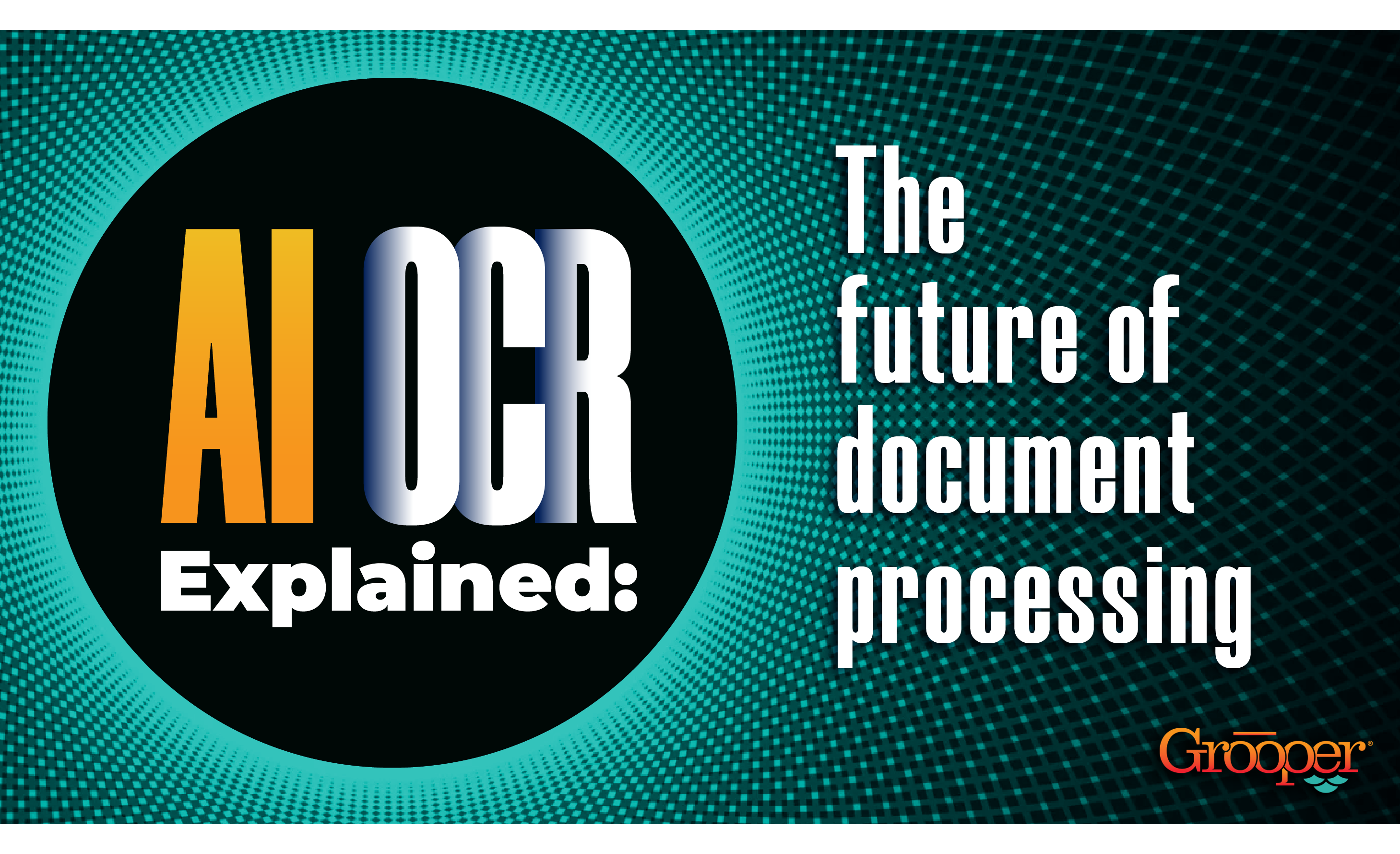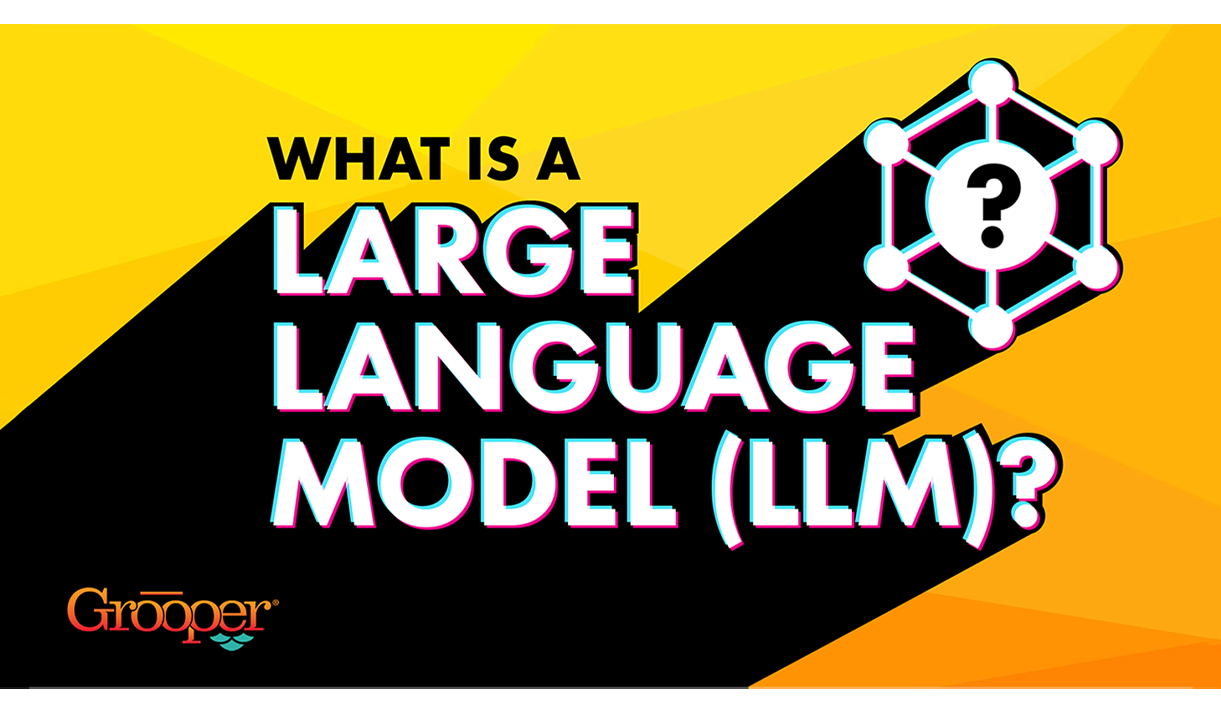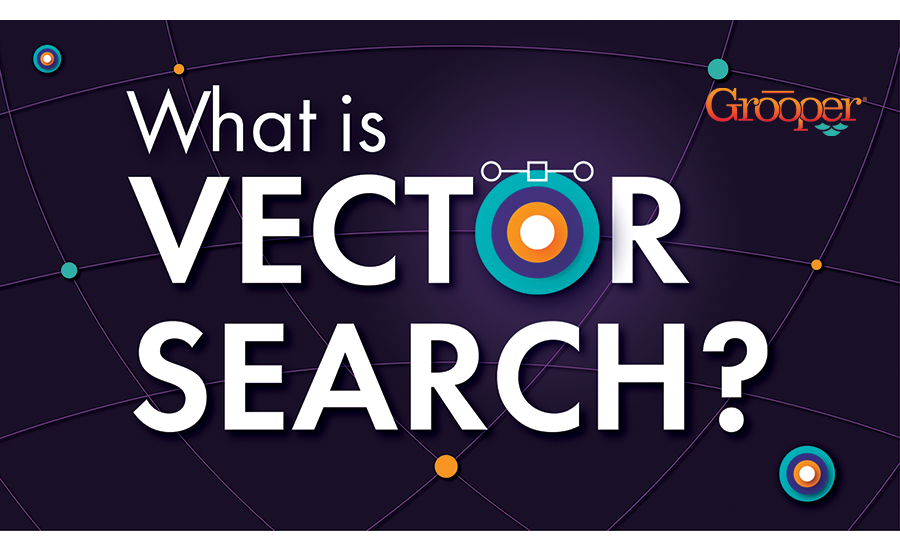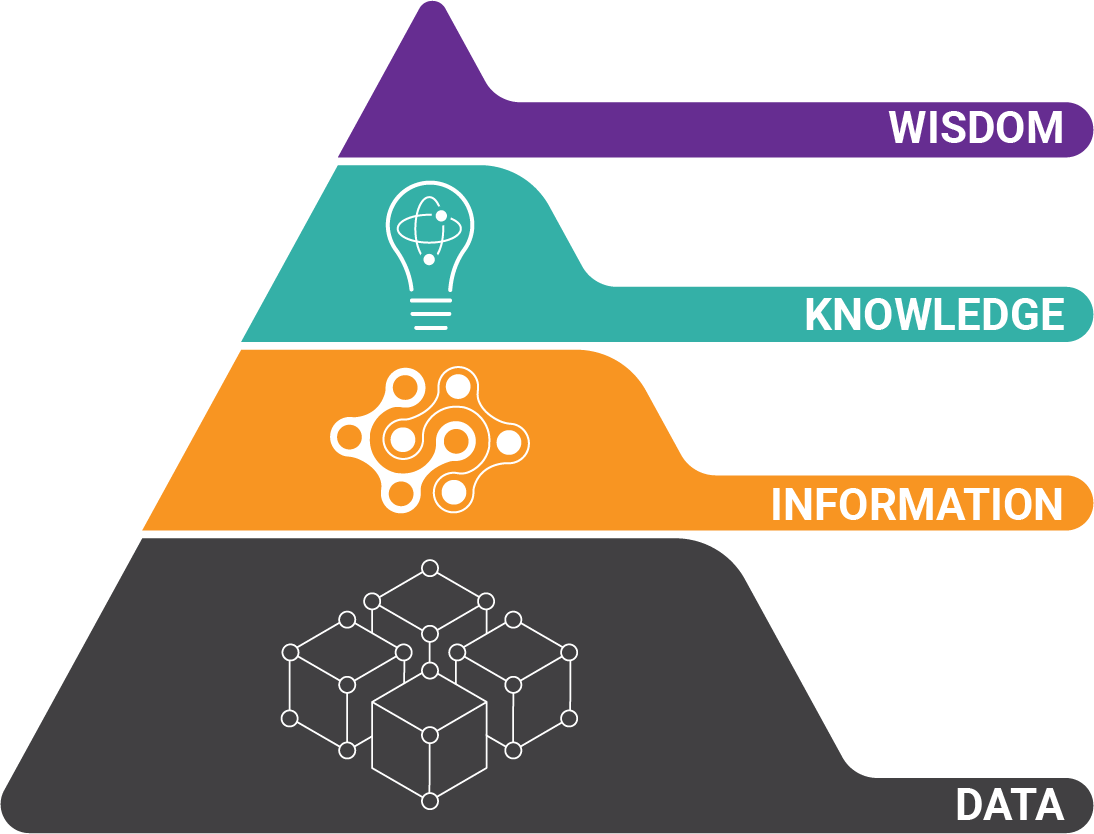The greatest demand for transparent A.I. is driven by ethics, privacy, and security. But in the world of intelligent document processing, a new requirement has surfaced that will make or break existing software investments.
The traditional way of solving specific industry problems with software is what's at fault. The modern enterprise, with new digital transformation goals, and access to more powerful technology than ever before, needs a new way of looking at software.
Cross-Functional Interoperability
Gone are the days of expensive, niche solutions that were built to only do one thing. Think about Microsoft Excel or Google Sheets. Who uses these? Everyone. All business units regardless of outcome use spreadsheets.
It wouldn't make much sense to have a spreadsheet solution for accounting, and a separate one for operations, and yet another for delivery.
Spreadsheets naturally offer cross-functional interoperability. Everyone uses them, and every other software application accepts their data for an input.
It's intuitive that we use spreadsheets in all business functions and for universal data integration.
Your document processing solution shouldn't be any different.
The problem with document capture solutions is that they've either been around for a really long time, or they only solve limited problems. Most were born out of the era of expensive content management systems when solutions like Box didn't exist.
They've fully ceased to innovate or offer anything new to modern business.
The new requirement is for document capture solutions to become more like spreadsheets - able to process any document, extract any data element, and integrate with any data source.
Transparent A.I. is a key functionality necessary to make this possible. Imagine trying to process a check in a software designed to process leases?
Or discovering that the information you want from a document is mysteriously unavailable? Or wanting to process invoices with an "A.I." solution that can only process contracts.
The reason transparency is key is because it provides an understanding of how underlying OCR, machine learning, and computer vision algorithms are functioning.
If you can see exactly why a particular document isn't being recognized for what it is, you need to be able to adjust the learning models and extraction engines to achieve any result.
Built-in transparency is a sign that the platform was developed for nearly unlimited use-cases and the ability to be "hacked" to do new things the developers never imagined.
Just like spreadsheets are a foundation for nearly any business process, transparent document processing platforms should be the same.
A new innovation is intelligent document processing - a software that's used in any department, with any line of business or analytics software to deliver diverse business outcomes.
You deserve transparent A.I. - powering truly intelligent document processing.
About the Author: Brad Blood
Senior Marketing Specialist at BIS





